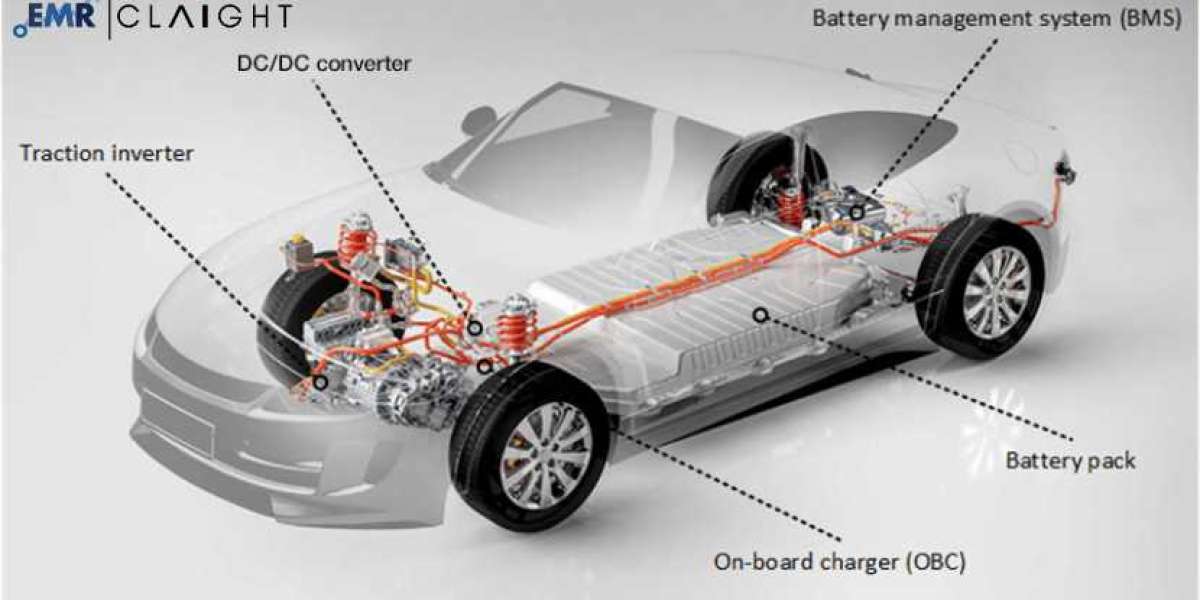Keyboard peripherals have undergone significant transformations since their inception. These changes have been driven by advancements in technology, user demands, and ergonomic considerations. This article delves into the evolution of keyboard peripherals, highlighting key developments and innovations.
Early Mechanical Keyboards
Mechanical keyboards were among the first keyboard peripherals to gain popularity. These keyboards used individual mechanical switches for each key, providing tactile feedback and durability. The Cherry MX Blue Switch is a prime example of a mechanical switch that revolutionized the typing experience.
"Mechanical keyboards offer a satisfying typing experience due to their tactile feedback and audible click sounds."
Despite their advantages, mechanical keyboards were often bulky and noisy, which led to the development of quieter and more compact alternatives.
Membrane Keyboards
Membrane keyboards emerged as a quieter and more affordable alternative to mechanical keyboards. These keyboards use a thin, flexible membrane layer to register key presses. While they are less durable than mechanical keyboards, they are favored for their slim design and lower cost.
However, membrane keyboards often lack the tactile feedback that many users prefer, which has led to the continued popularity of mechanical keyboards among enthusiasts and professionals.
Ergonomic Keyboards
As awareness of repetitive strain injuries (RSIs) grew, the demand for ergonomic keyboards increased. Ergonomic keyboards are designed to reduce strain on the hands and wrists, promoting a more natural typing posture. The Microsoft Sculpt Ergonomic Keyboard is a notable example of this innovation.

These keyboards often feature split designs, adjustable angles, and cushioned wrist rests. While they may take some time to get used to, many users find them beneficial for long-term comfort and health.
Wireless and Bluetooth Keyboards
The advent of wireless technology brought about a new era of keyboard peripherals. Wireless and Bluetooth keyboards offer the convenience of a clutter-free workspace and the flexibility to use the keyboard from a distance. These keyboards are particularly popular among users who value portability and minimalism.
One example of a high-quality wireless keyboard is the Logitech K780 Multi-Device Wireless Keyboard. This keyboard allows users to switch between multiple devices seamlessly, making it ideal for multitaskers.
Future Trends in Keyboard Peripherals
The future of keyboard peripherals looks promising, with ongoing innovations aimed at enhancing user experience. Some emerging trends include:
- Customizable RGB lighting
- Haptic feedback
- Integration with smart home devices
- Advanced ergonomic designs
As technology continues to evolve, we can expect keyboard peripherals to become even more versatile and user-friendly.
In conclusion, the evolution of keyboard peripherals reflects the dynamic nature of the tech industry. From mechanical to ergonomic and wireless designs, each innovation has aimed to improve the user experience. As we look to the future, it is exciting to imagine what new advancements will emerge in the world of keyboard peripherals.








